Restaurant-Style Noodles: Elevate Your Noodle Game to Culinary Excellence
How to Cook Noodles Restaurant Style: Elevate Your Noodle Dishes
Whether you're a noodle aficionado or simply looking to enhance your culinary skills, this comprehensive guide will unveil the secrets of preparing restaurant-quality noodles in the comfort of your own kitchen.
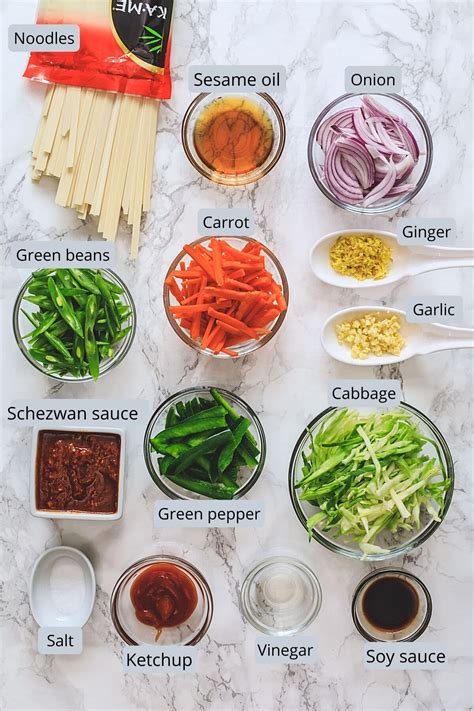
To achieve that authentic restaurant-style flavor, it's essential to select high-quality ingredients that will elevate your noodle dish. Here's a list of essential components:
Noodles: Choose high-quality noodles made from premium ingredients like durum wheat or buckwheat. These noodles hold their shape better and provide a delightful texture.
Sauce: The sauce is the heart of any noodle dish. Experiment with various sauces, from classic soy sauce to rich and complex sauces like black bean sauce or oyster sauce. Adjust the flavors to your preference by adding spices, herbs, or a touch of sweetness.
Vegetables: Incorporate an assortment of fresh or frozen vegetables to add color, texture, and nutritional value to your dish. Common choices include broccoli, carrots, bell peppers, and baby corn.
Protein: Elevate your noodle dish with a protein of your choice. Chicken, beef, pork, shrimp, or tofu are all excellent options.
Aromatics: Enhance the flavor profile of your dish by adding aromatic ingredients like ginger, garlic, and scallions. These ingredients provide depth and complexity to the sauce.
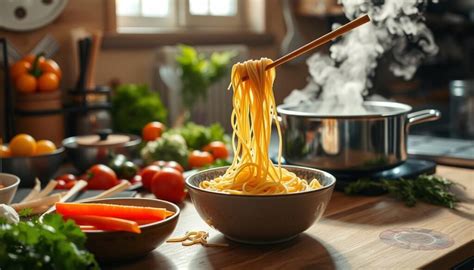
Bring Water to a Boil: Fill a large pot with water and bring it to a rolling boil.
Add Noodles: Carefully add the noodles to the boiling water. Stir gently to prevent them from sticking together.
Cook According to Package Instructions: Follow the cooking time indicated on the noodle package. Adjust the cooking time based on your desired texture. Al dente noodles have a slight bite to them, while softer noodles are cooked for a longer duration.
Drain Noodles: Once the noodles are cooked, drain them in a colander and rinse them under cold water to stop the cooking process.
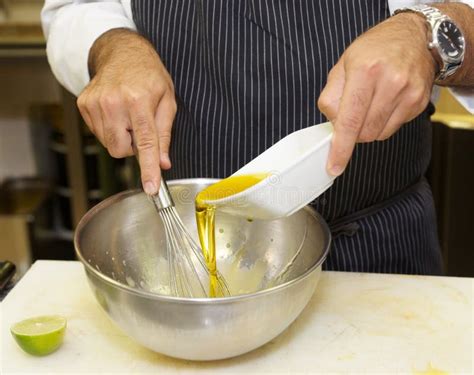
Heat Oil: Heat a wok or large skillet over medium-high heat. Add a drizzle of oil, ensuring it coats the entire surface.
Add Aromatics: Once the oil is shimmering, add the aromatic ingredients, such as ginger, garlic, and scallions. Sauté until they become fragrant and release their flavor.
Incorporate Sauce Ingredients: Add the chosen sauce ingredients to the wok or skillet. This may include soy sauce, oyster sauce, black bean sauce, or a combination of these. Bring the sauce to a simmer, stirring occasionally.
Adjust Seasoning: Taste the sauce and adjust the seasoning as needed. Add a pinch of sugar for sweetness or a dash of chili powder for a spicy kick.
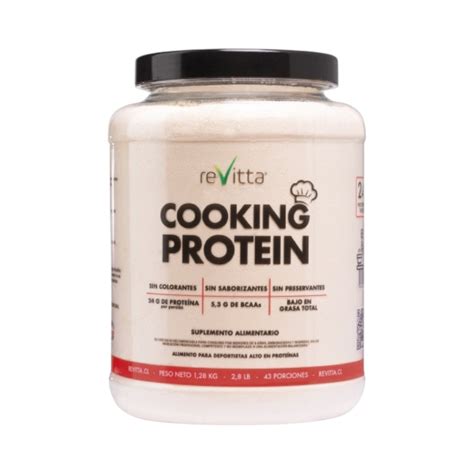
Marinate Protein (Optional): For extra flavor, marinate the protein of your choice in a mixture of soy sauce, rice wine, and aromatics for at least 30 minutes before cooking.
Heat Oil: Heat a separate pan or wok over medium-high heat. Add a drizzle of oil to coat the surface.
Cook Protein: Add the marinated protein to the hot oil and cook until browned and cooked through. Set aside.
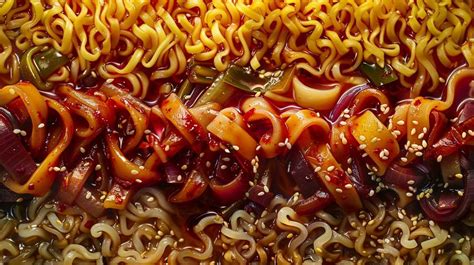
Heat Sauce: Bring the prepared sauce to a simmer in a wok or large skillet.
Add Noodles: Add the cooked noodles to the simmering sauce. Toss gently to coat the noodles evenly.
Incorporate Protein and Vegetables: Add the cooked protein and vegetables to the noodle-sauce mixture. Stir to combine.
Season and Garnish: Taste the dish and adjust the seasoning if necessary. Garnish with chopped scallions, cilantro, or sesame seeds for an extra touch of flavor and color.
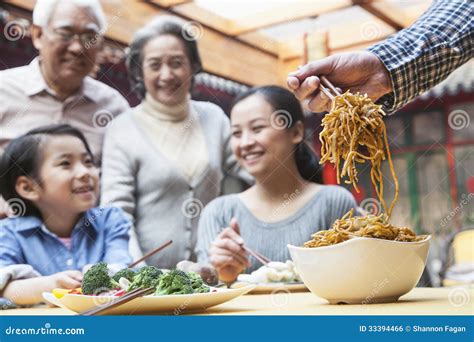
Plate the cooked noodles on individual plates or bowls. Serve immediately while the noodles are still hot and fragrant. Accompany the dish with additional sauces or garnishes, such as chili oil, vinegar, or pickled vegetables, to enhance the flavors.
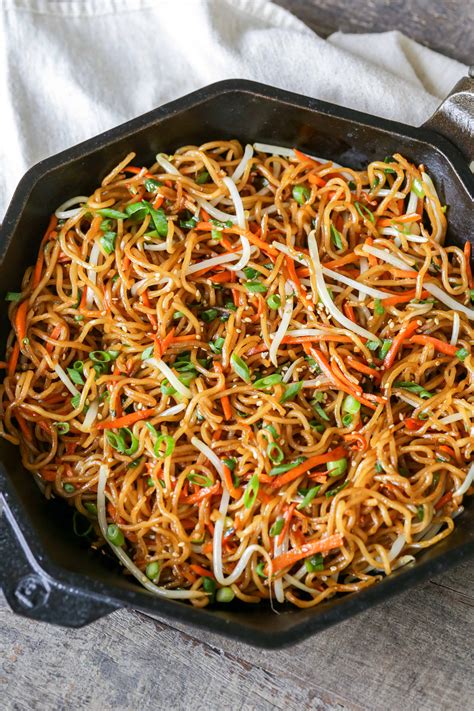
Use Fresh Noodles: Freshly made noodles have a superior texture and flavor compared to dried noodles. If you have access to a noodle maker, consider making your own noodles from scratch.
Control the Cooking Time: Pay close attention to the cooking time of the noodles. Overcooked noodles become mushy and lose their texture. Aim for al dente noodles that have a slight bite to them.
Use a Wok or Large Skillet: A wok or large skillet allows for even heat distribution and quick cooking. This is essential for creating that authentic restaurant-style texture and flavor.
Experiment with Sauces: Don't be afraid to experiment with different sauces and flavor combinations. The possibilities are endless, from classic soy sauce to rich and complex sauces like black bean sauce or oyster sauce.

With practice and attention to detail, you can easily recreate the delectable flavors and textures of restaurant-style noodles in the comfort of your own home. Experiment with different ingredients, sauces, and cooking techniques to discover your own signature noodle dish.
.
Komentar
Posting Komentar